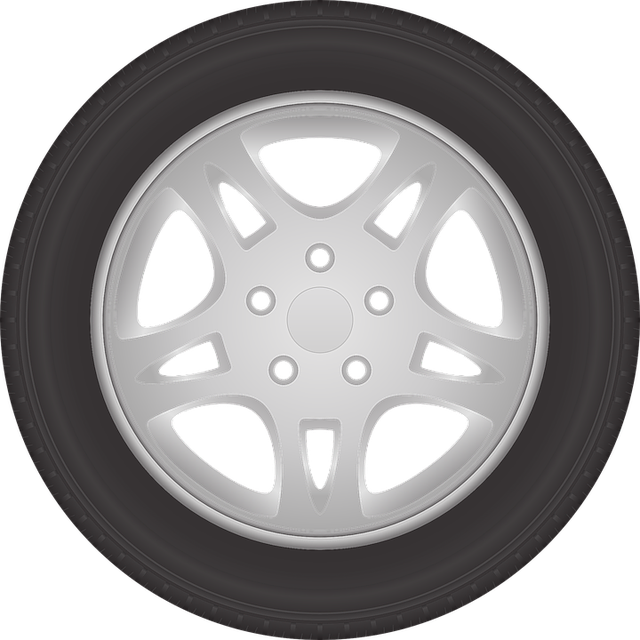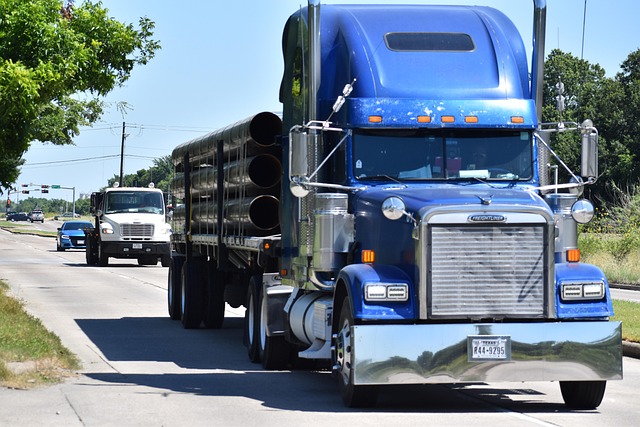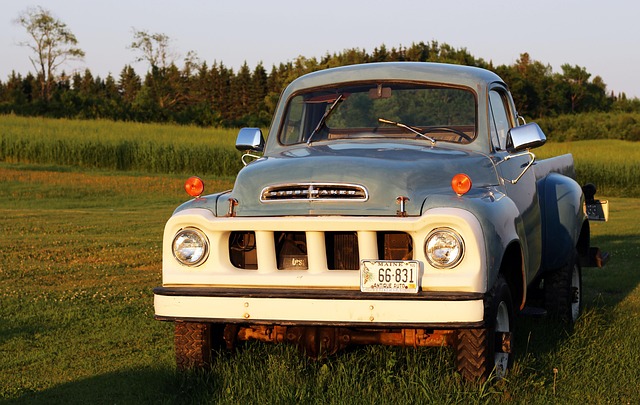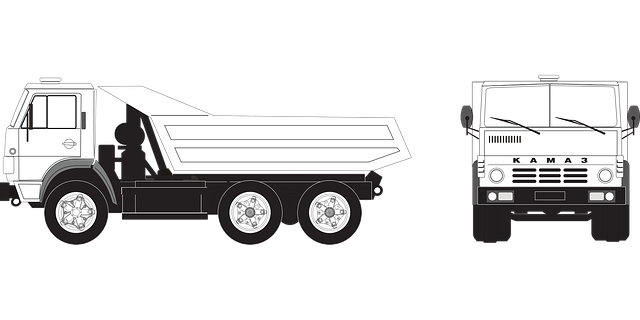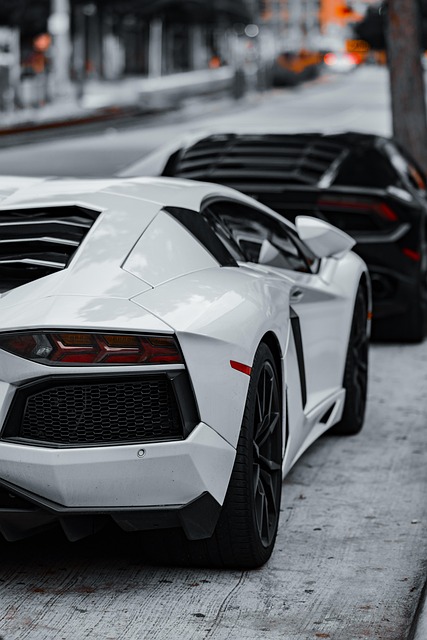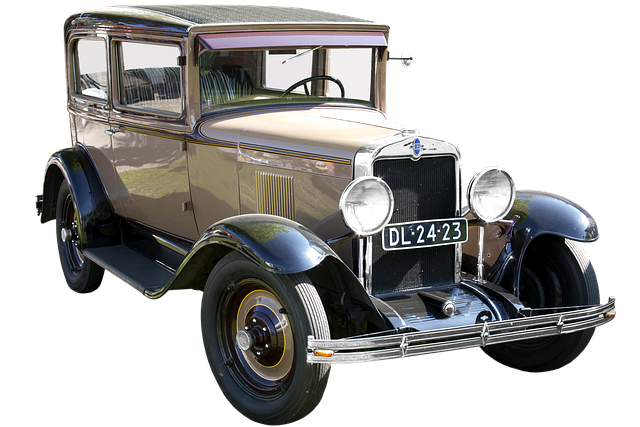Looking to register your car in California? This comprehensive guide walks you through every step, from understanding essential requirements for car registration in the Golden State to completing the DMV’s crucial vin verification process. We’ll detail the necessary documents, online and in-person registration options, and payment procedures. By following these steps, you’ll be cruising down California roads legally and smoothly in no time.
- Understand Requirements for Car Registration in California
- Gather Necessary Documents for VIN Verification
- Perform DMV Vehicle Identification Number (VIN) Check
- Complete Online or In-Person Registration Process
- Pay Registration Fees and Receive Your Plate
Understand Requirements for Car Registration in California

Before you start the registration process, it’s crucial to understand what the Department of Motor Vehicles (DMV) in California requires for car registration. One key step is the DMV VIN verification, which ensures that your vehicle’s Vehicle Identification Number (VIN) matches the details on record and is not stolen. This process often involves a mobile VIN verification or inspection, where you can get immediate results while at the DMV.
Additionally, ensure your car meets safety standards, has up-to-date insurance, and all necessary paperwork is in order. This includes documents like your title, registration from the previous state (if applicable), and proof of residency. These requirements collectively work to maintain California’s robust vehicle regulation framework and ensure road safety for all drivers.
Gather Necessary Documents for VIN Verification

To register your car in California, you’ll need to go through a process known as DMV VIN verification. Before heading to the DMV, make sure you have all the required documents. The primary document is the Vehicle Identification Number (VIN) from your car, which can usually be found on the vehicle’s registration certificate or the label located on the driver’s side door frame. Additionally, gather important paperwork like your current registration (if applicable), proof of insurance, and a valid driver’s license.
For a smoother process, consider having a mobile VIN verifier ready. This handy tool allows for quick and efficient VIN inspections right from your location. Many services offer this on-demand feature, ensuring you can verify the vehicle’s history before even visiting the DMV. This step is crucial to ensure the car’s authenticity and avoid any potential issues during registration.
Perform DMV Vehicle Identification Number (VIN) Check

Before registering your car in California, it’s crucial to perform a DMV Vehicle Identification Number (VIN) check. This step ensures that the vehicle’s details match the information provided by the manufacturer. You can conduct this verification through various means, including an online tool or a mobile vin inspector, which makes the process convenient and efficient.
A mobile vin inspection service allows you to get real-time data from the DMV database right from your smartphone or tablet. This method is especially handy as it saves time and effort, eliminating the need to visit a DMV office physically. By utilizing these modern tools, you can ensure that your vehicle’s registration process goes smoothly and without any complications.
Complete Online or In-Person Registration Process

In California, registering a car involves either completing an online or in-person process, both of which are designed to be straightforward and efficient. The first step for either method is to gather all necessary documents, including proof of ownership, insurance, and identification. Once these are ready, individuals can opt for the convenience of mobile vin verification, allowing them to initiate the registration from the comfort of their home or office. Alternatively, they can visit a DMV location for a traditional vin inspection, ensuring every detail is checked by a professional.
The online registration process involves submitting forms and uploading relevant documents through the California DMV’s official website. After verification, which includes a dmv vin verification check, users can schedule an appointment to bring their vehicle in for an inspection if required. This digital approach streamlines the traditional car registration experience. In-person registration requires visiting a DMV field office, where staff will guide applicants through the process, conduct a vin inspection, and provide assistance with any additional questions or concerns.
Pay Registration Fees and Receive Your Plate

After completing your vehicle’s registration application at the California DMV, it’s time to settle the fees. The cost varies depending on your vehicle type and other factors. You’ll typically pay a base registration fee plus additional charges for vehicle age, weight, or environmental emissions standards. Ensure you’re aware of all applicable costs before finalizing the transaction.
Once your payment is processed, you’ll receive your unique vehicle identification number (VIN) verification. This process often includes a mobile VIN inspection, where a DMV representative will use their device to confirm your car’s details against the DMV database. With this information, they’ll issue your personalized license plate, wrapping up the registration process for your new or transferred California vehicle.
Registering a car in California involves understanding the state’s requirements, gathering essential documents for VIN verification, completing either an online or in-person registration process, and paying relevant fees. The DMV’s VIN check is a crucial step ensuring your vehicle meets all necessary standards. By adhering to these steps, you’ll be well on your way to securing your car’s registration smoothly and efficiently. Remember, proper registration not only complies with legal obligations but also ensures your safety on California’s roads.






